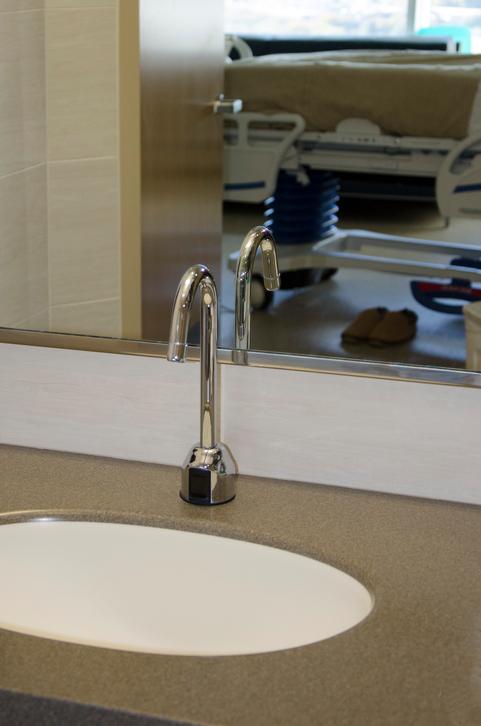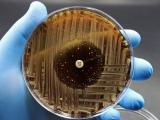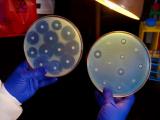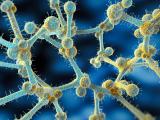Dutch investigators found that removing sinks from intensive care unit (ICU) rooms and using a "water-free" method of care reduced patient colonization with gram-negative bacilli (GNB), according to a Jun 10 report in Antimicrobial Resistance and Infection Control.
The GNB category includes many types of medically significant bacteria, such as Salmonella, Pseudomonas, Shigella, Yersinia, and the Enterobacteriaceae family. Multidrug resistance in GNB is a growing problem in hospitals.
Sink removal, "water-free" care
While sinks are considered a best practice in ICU design, a number of studies have implicated their presence as a factor in hospital-associated infections, according to the authors. After an Enterobacter outbreak in their hospital ICU was linked to contaminated sinks in 2014, the researchers decided to test the effect of removing sinks from the unit.
The "quasi-experimental study" was designed to evaluate the effect of sink removal and "water-free" patient care on GNB colonization in patients admitted to the ICU for at least 48 hours during a 12-month pre-intervention phase, a 4-month intervention, and a 12-month post-intervention period. All patient care activities that normally involved tap water were changed to eliminate it, in some cases replacing it with bottled water.
In the pre-intervention phase, 1,496 patients (9,153 admission days) were included, followed by 1,444 patients (9,044 admission days) in the post-intervention period, the report says. Regression analysis showed that the intervention was followed by a significant immediate reduction in GNB colonization, in the absence of any pre- or post-intervention trend in GNB colonization.
The overall GNB colonization rate dropped from 26.3 to 21.6 GNB/1,000 ICU admission days (colonization rate ratio, 0.82; 95% confidence interval, 0.67–0.99; P=0.02). The reduction in GNB colonization rate was greater in patients who spent more days in the ICU: from a 1.22-fold reduction for those with at least a 2-day stay to a 1.6-fold drop for 5 or more days (P=0.002) and a 3.6-fold decrease for 14 or more-days (P < 0.001).
The authors used yeast colonization rates as a negative control, since yeasts do not thrive in sinks. They said the lower rate of GNB colonization in the post-intervention period can't be explained by an overall decrease in observed pathogens, because the intervention had no effect on yeast colonization rates.
Reconsidering sinks
The authors point out the open-label, non-randomized nature of their single-center study among the limitations of the research. But they add, "Despite of the design limitations, in the absence of alternative explanations, we believe that it is conceivable that the removal of sinks and implementation of water-free patient care resulted in a significant reduction of GNB colonization."
They also note that their hospital is a low-GNB setting, so the findings might not apply to other healthcare centers.
The investigators conclude, "In view of our results we should reconsider the necessity of sinks and other 'wet' areas in the patient rooms. Under time constraints, healthcare workers compliance with infection prevention and control measures is often reduced, specifically in the case of hand hygiene, infection prevention protocols and waste management protocols.
"Reconstructing the hospital infrastructure in a way that behavior of healthcare workers is more directed towards good clinical practice is a step in the direction of sustainable infection control."
See also:
Jun 10 Antimicrob Resist Infect Control report























